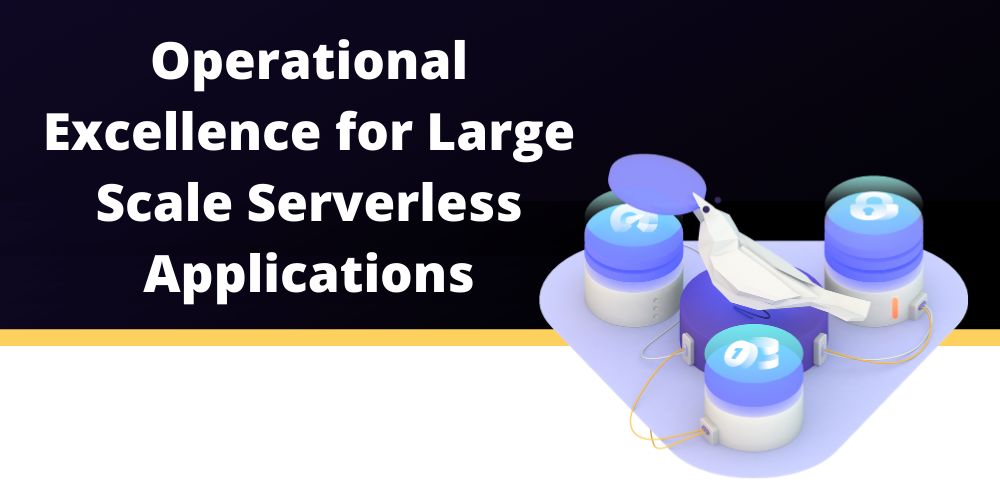Managing applications at scale often comes up as one of the biggest concerns for businesses; How can it work smoothly? How do we monitor so many resources? How do we maintain best practices with constantly evolving infrastructure? In this article, we run through the best approach for operational excellence looking at serverless monitoring strategy, serverless alerting strategy, and security and compliance best practices.
The Serverless Challenge
In a containerized application, there would be anywhere between 5-20 servers with business logic within them. To monitor this, an agent would simply be attached to oversee the entire system and alert of any issues. The serverless model is quite different, as we know. At scale, there can be thousands of resources using tens of different services making monitoring and alerting much more complex.
A typical serverless application would look like this:
Challenge 1:
The volume of data from a serverless application grows exponentially, particularly if we consider that for everyone resource there are at least five pieces of related data. Think logs, metrics, traces, and configuration data.
Challenge 2:
As infrastructure grows, so does the variety of failures. While we may know of a few points of failure within our own infrastructure, it’s near impossible to know them all. For this reason, it’s best to view each resource as a potential source of failure that must be monitored.
#serverless #operations #devops #microservices #observability #aws
